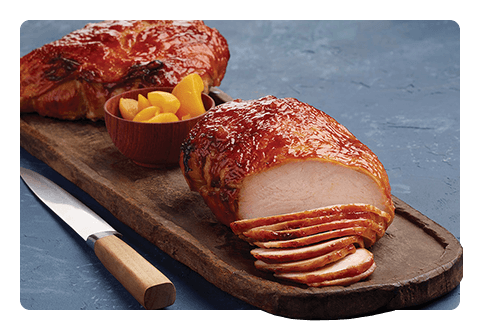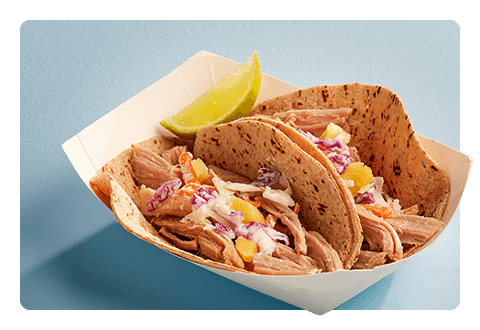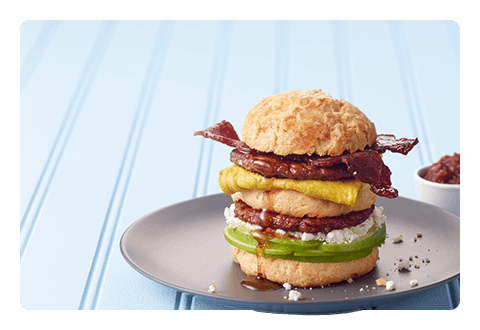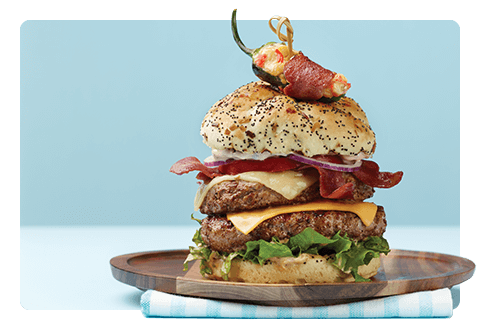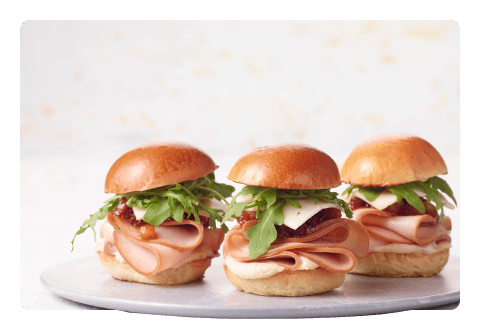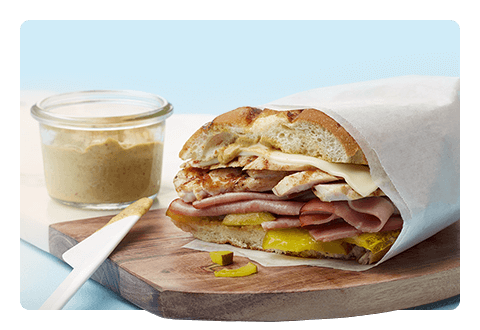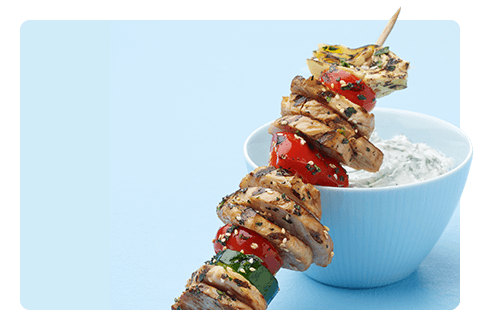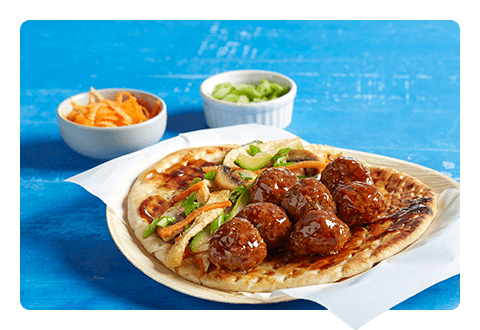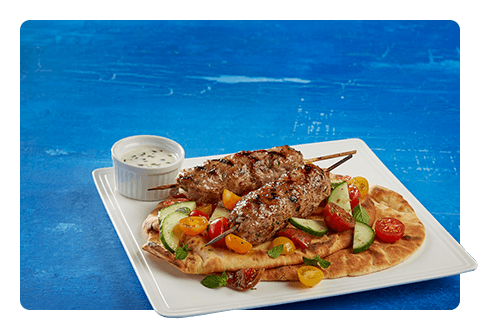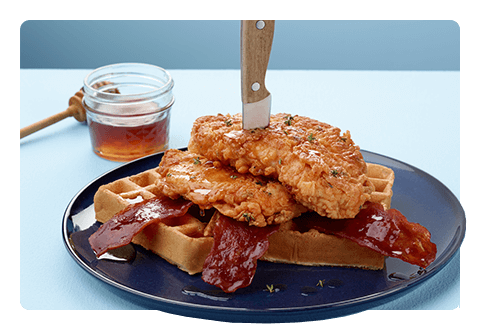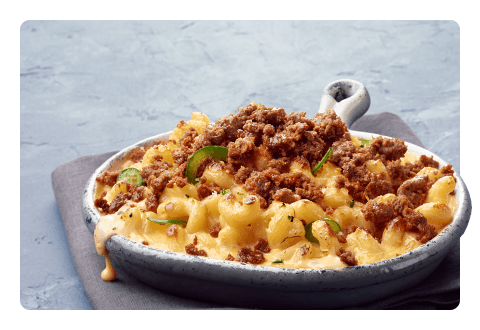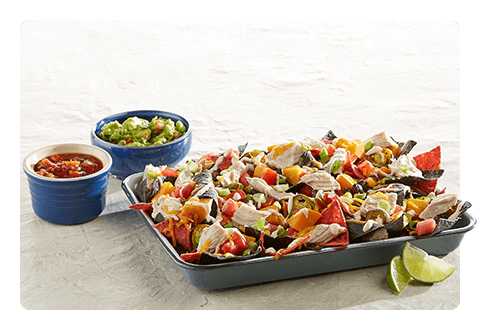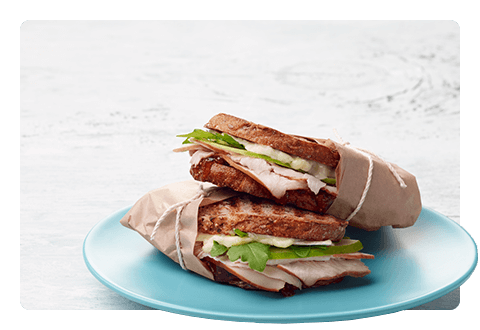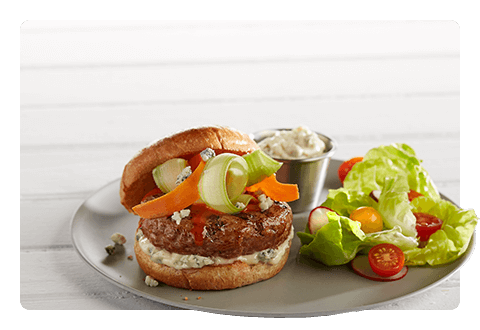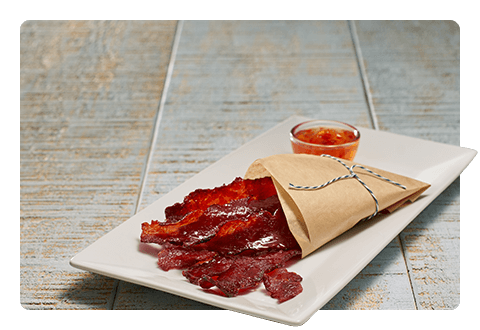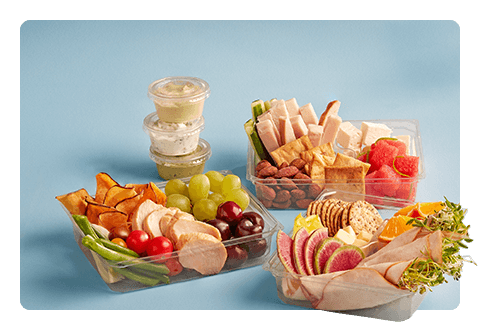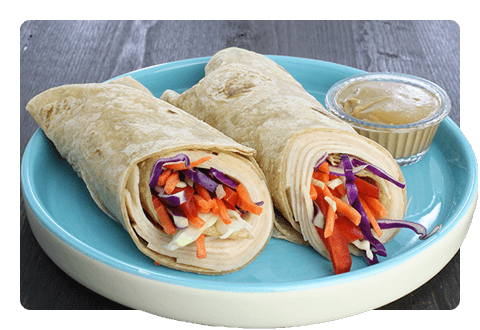Unraveling the Complexities of Contact Tracing
January 2021
Operators have been navigating the pandemic for nearly a year, and while it has been a tough time for all, new technologies—including contact tracing—are helping to slow the spread in an effort to get back to normal. According to the Centers for Disease Control, the process of contact tracing informs people about potential exposure and makes them aware that they should monitor themselves for symptoms, get tested and let those in close proximity to them know to quarantine.
One effective method of contract tracing is with mobile apps. Devices using Bluetooth notify owners—who must opt into this feature—about their potential exposure to the virus. In some cases, the health department may contact the person. However, a few complications arose with these apps early on. States were creating their own platforms, but once people crossed state lines, these apps no longer provided information to those out-of-state. As a solution, neighboring states are now teaming up to create regional apps that work across borders; one example is the alliance between New Jersey, New York, Pennsylvania and Delaware. On the west coast, Washington, Oregon and California formed the Western States Pact. With more states teaming up, the country is closer to contact tracing on a national level.
The drawback of these apps is that their effectiveness depends on the number of participants. Interestingly, some college campuses are taking efforts to reduce the spread into their own hands. Patrons entering Western Michigan University dining halls, for example, must give their name and phone number when paying with cash or credit card. This is part of a state-wide executive order in Michigan to aid contact tracing efforts. Meal-plan users don’t have to provide these details because the information is already linked to their cards. If unwilling to give their name and number, guests are denied entry to the halls and instead are redirected to find grab ‘n go options.
At University of Maryland, Baltimore, contact tracing begins when a person reports a positive COVID-19 test to the university via the SAFE on Campus online form or COVID-19 hotline. A nurse case manager then calls the person to find out if they were on campus or in contact with others. The response team asks questions to retrace the person’s steps, starting with the previous day and working backward. This process is conversational, going over things like what PPE was worn and their proximity to others, then diving into activities they participated in and the locations of those activities.
Contact tracing isn’t perfect, as there’s often a delay in reporting after a confirmed positive case. For that reason, everyone from employees to patrons still needs to exercise caution and remain alert. But while contract tracing may have some flaws, it’s continuously improving, and its potential benefits outweigh its negatives. All operations should consider implementing it in a way that works best for them.
What are your thoughts on contact tracing? We’d like to know on Facebook or LinkedIn. See what else is trending in our Resource Center.
SOURCES
Buzalka, Mike. 5 things: College collecting names, numbers from those accessing dining halls for contact tracing, Food Management, November 2020.
Contact Tracing, Centers for Disease Control and Prevention, December 2020.
Morrison, Sara. Americans are one step closer to a national contact tracing app for Covid-19, Vox, October 2020.
Schelle, Charles. Tracing COVID-19 Contact Exposures at UMB, University of Maryland, Baltimore, November 2020.


